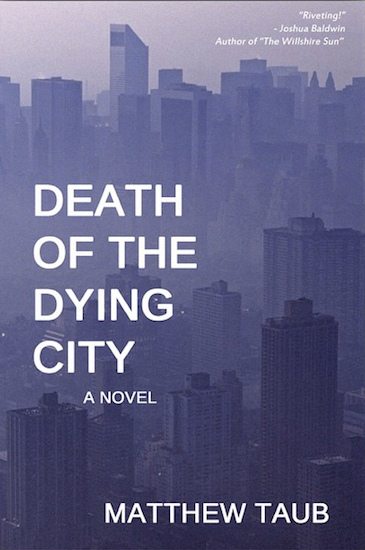New novel portrays NYC’s gentrification in the 1990s
Brooklyn BookBeat

A new novel portrays an early era of the city’s rapid transformation to tell a wider story about race, class and love.
“Death of the Dying City,” by Brooklyn Eagle contributor and blogger Matthew Taub, examines New York’s shifting ethnic and cultural enclaves in the 1990s through rotating, character-driven vignettes. Brief windows into the lives of New Yorkers from varying backgrounds are connected by Mark Newstein, a young attorney facing his own moral crisis and romantic upheaval.

Brooklyn Boro
View MoreNew York City’s most populous borough, Brooklyn, is home to nearly 2.6 million residents. If Brooklyn were an independent city it would be the fourth largest city in the United States. While Brooklyn has become the epitome of ‘cool and hip’ in recent years, for those that were born here, raised families here and improved communities over the years, Brooklyn has never been ‘uncool’.